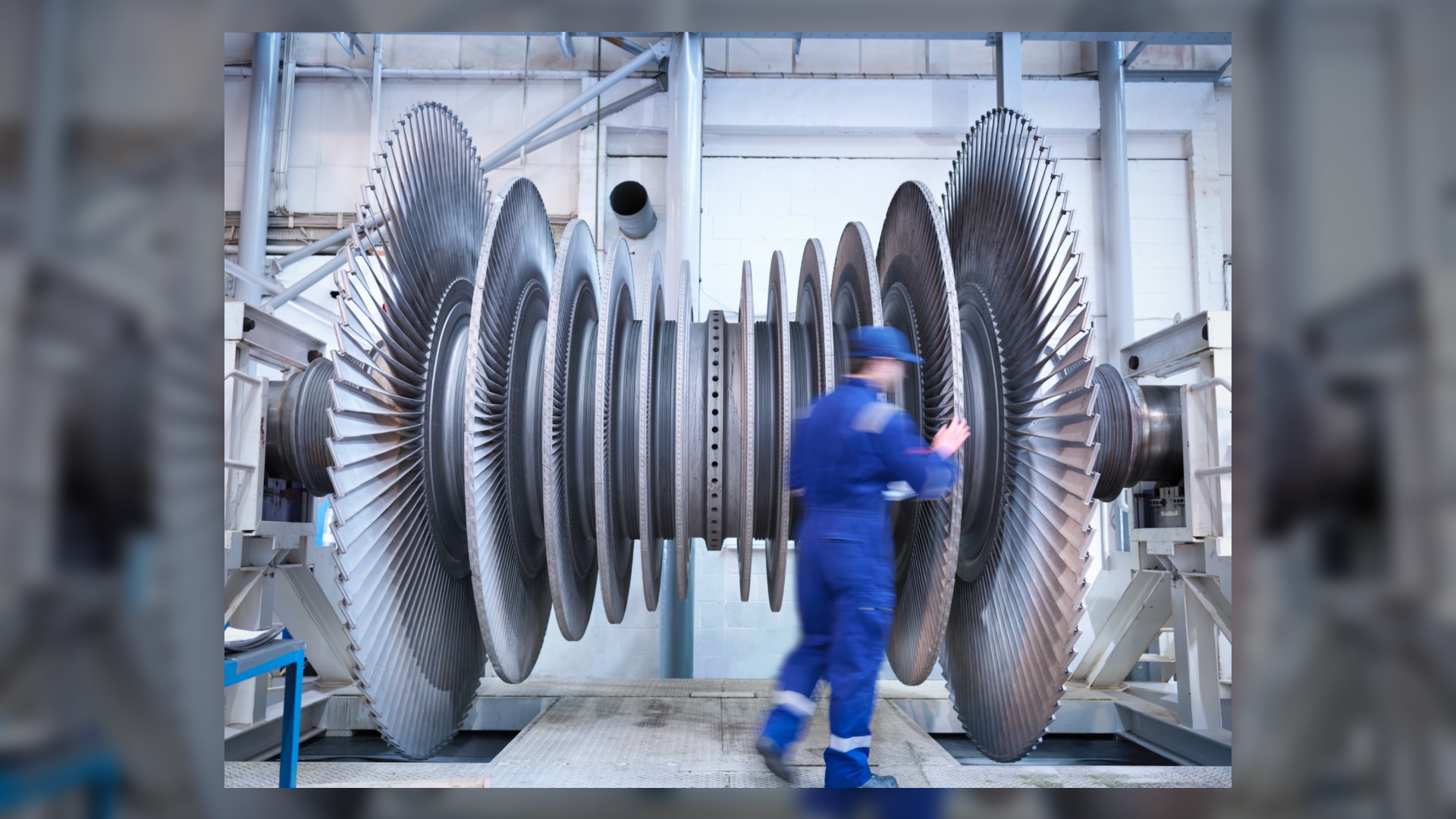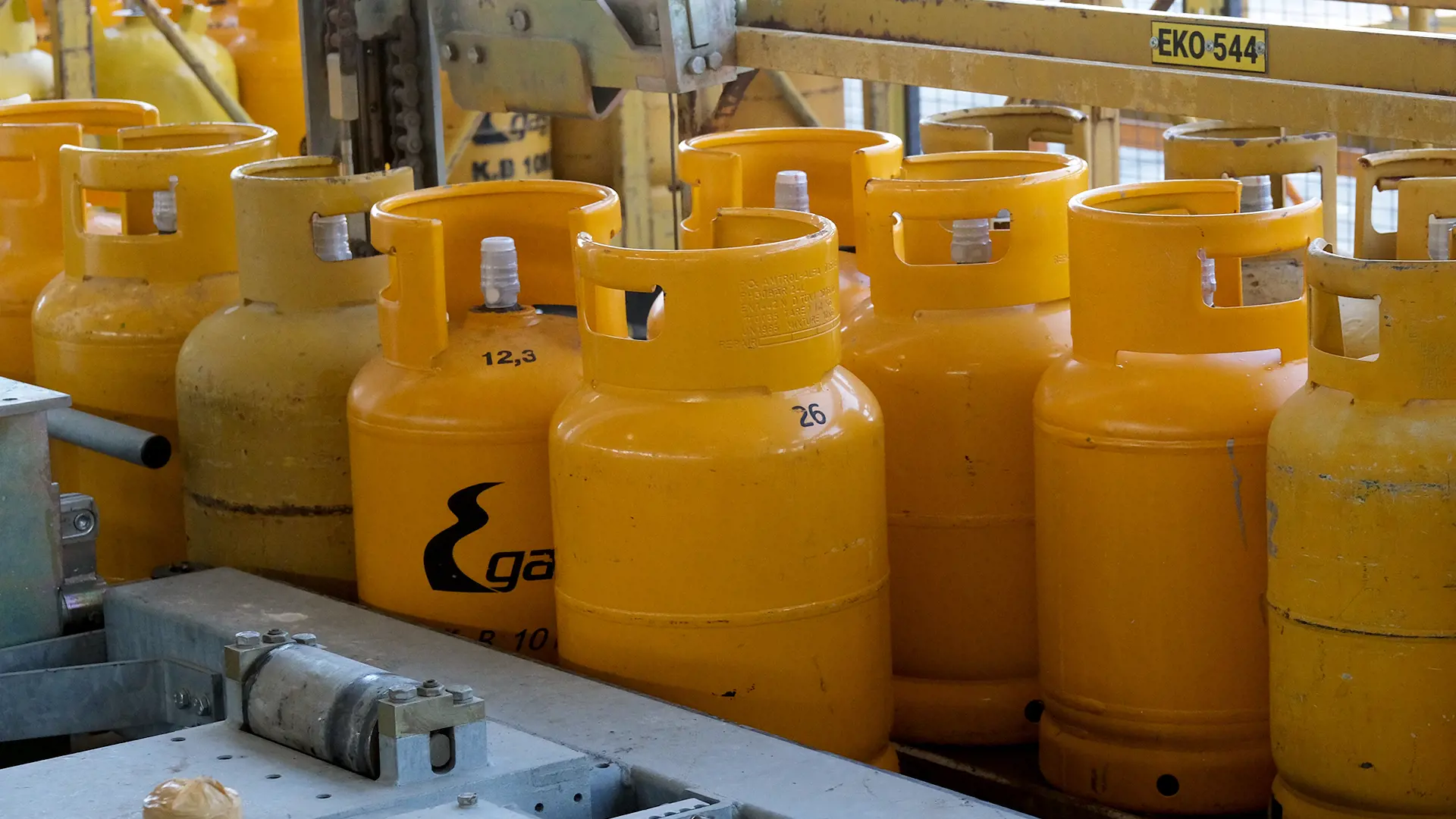
Microchannel heat exchangers are already a cornerstone in industries where size, efficiency, and thermal performance are important. But when it comes to cryogenics, where temperatures drop below -150°C, the stakes and technical challenges increase dramatically. Microchannel technologies are reaching new levels to meet the demands of space, superconductivity, medical imaging, and liquefied gas applications.
Cryogenic environments have strict requirements for materials, pressure preservation, and heat transfer characteristics. The microscale geometry of microchannels provides unique advantages when operating under extreme conditions. However, it is far from easy to realize this potential in practical and reliable systems.
Thermal performance at ultra-low temperatures
In cryogenic systems, rapid heat dissipation is important. Regardless of whether superconducting magnets are cooled in magnetic resonance imaging devices or gases such as helium or hydrogen are liquefied, performance depends on minimizing thermal resistance. Microchannel heat exchangers are characterized by a high ratio of surface area to volume.
At cryogenic temperatures, the behavior of the liquid changes. The viscosity decreases, the density increases, and some gases become superfluid. All these factors affect the rate of heat transfer. Microchannel geometry can be carefully designed to utilize these effects, which leads to improved performance from the system and smaller hardware. Nevertheless, a major technical challenge is to control the phase transition, particularly during boiling in a microchannel. . Small channels can trap steam, creating flow instability or drying zones. To solve this problem, manufacturers often use improved surfaces or multi-pass channels that promote uniform flow distribution and prevent local overheating.
Material selection and structural integrity
Materials’ properties change when exposed to cryogenic conditions. Metals can become more brittle and are susceptible to cracking or joint failure due to thermal expansion and contraction, particularly at low temperatures. In microchannel applications, function or safety can be impaired by even minute defects. Aluminum is a common heat exchanger microchannel material that performs well at cryogenic temperatures, but the solder joints of aluminum require additional attention due to metal properties. Some applications demand a switch to stainless steel or specialty alloys, such as inconel, because of their ductility and corrosion resistance in extreme conditions. However, machining microchannels into these harder materials is more challenging and expensive.
Thermal cycling is another problem. In applications such as space travel or cryogenic cooling cycles, systems must withstand multiple transitions between atmospheric and cryogenic states. Uneven expansion of materials can lead to loosening of joints, stressed welds, and channel deformation. The construction using compatible materials and strong joints helps to reduce long-term fatigue and structural failure.
The main focus is on the application: Replacement of the condenser for the Carrier chiller.
The precision and reliability required in cryogenics make microchannel designs an attractive choice even for commercial HVAC systems upgraded to operate at low temperatures. For example, a replaceable condenser for Carrier refrigeration units can be redesigned using microchannel technology to process processes more efficiently at subzero temperatures.
This is not just a theoretical advantage. The transition from traditional fin-tube condensers to microchannel options allows to reduce refrigerant consumption, reduce weight and increase the efficiency of the system as a whole. When upgrading cryogenic plants, where strict temperature and efficiency control is crucial, the microchannel approach provides a more compact and reliable upgrade.
However, retrofitting a replaceable condenser for Carrier cooling systems with microchannel components requires careful recalibration. The characteristics of differential pressure, flow distribution, and heat transfer differ from outdated designs. Engineers should check compatibility with compressors and expansion valves to avoid imbalance in the system or loss of efficiency.
Clean manufacturing and assembly to ensure accuracy at low temperatures
Pollutants are a serious problem in cryogenic plants. At such low temperatures, even minor residues can freeze and block channels or affect the phase transition. The production of microchannel components for cryogenic technology requires ultra-pure conditions.
The methods used to clean the components generally include ultrasonic baths, high-purity solvents, and strict controls. The assembly must be performed in controlled rooms where exposure to solid particles is carefully controlled. Welds and joints are usually helium leak tested to ensure there is no leakage at all under vacuum or pressure.
Thermal loads must also be taken into account during the assembly process. The soldering or welding steps should be modeled taking into account the compression conditions, and subsequent heat treatment may be required to remove residual stresses that may cause breakage in the field.
Looking to the future: innovation under pressure
As cryogenic systems become an increasingly integral part of energy storage systems, quantum computing, and modern medical equipment, microchannel technologies will continue to evolve. Additive manufacturing (3D printing) is starting to play an important role, providing more complex internal geometry and integrating cooling functions directly into the design details.
Microscale fluid flow …






